The Dawn of Fairview Training Center: A Beacon of Hope
In the early years of the 20th century, the state of Oregon embarked on a pioneering journey to address the needs of its citizens with developmental disabilities. The year was 1907, and the State Institution for the Feeble-Minded was established.
This facility, located in the heart of Salem, Oregon, was more than just a medical institution. It was a home, a school, and a community for those who needed specialized care and attention.
The institution opened its doors in 1908, welcoming 39 patients transferred from the Oregon State Insane Asylum. The facility was situated on a sprawling 670-acre compound, equipped with an administration building known as LeBreton Cottage, a dormitory, a laundry, and a boiler house.
The institution was designed to be more than just a place to live; it was a community where residents could learn, grow, and contribute to society.
Adapting to Change: The Evolution of Fairview
As the years passed, the institution underwent numerous changes to adapt to the evolving societal understanding of developmental disabilities. In 1917, a new commitment law was passed, standardizing admissions and ensuring that the facility was used exclusively for the care of the "feeble-minded."
The law also imposed an age limit for admissions, accepting only those five years and older. However, this age limit was removed in 1921, opening the doors to individuals of all ages.
The institution was not just a place of care but also a place of learning. A working farm was established within the premises, providing the residents with food and vocational training.
By 1920, the farm had grown to include 400 acres of crops and 45 acres of orchards. The residents also raised hogs, chickens, and dairy and beef cattle, contributing to the self-sufficiency of the institution.
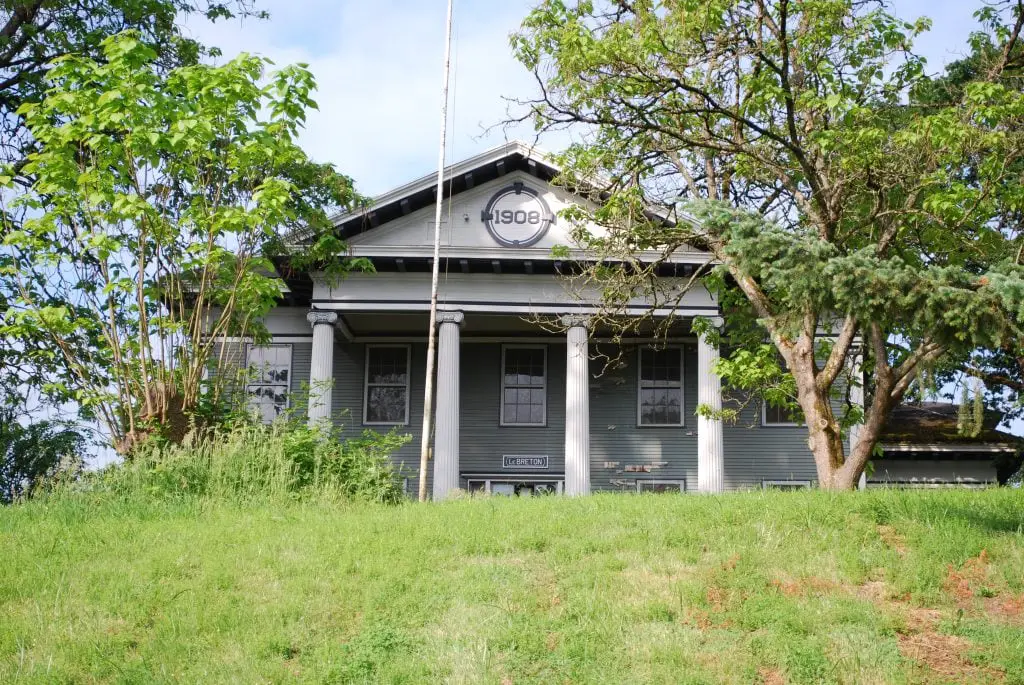
In 1923, the Oregon Board of Eugenics was established, and Fairview's superintendent served as an ex-officio board member.
The eugenics legislation provided for the "sterilization of all feeble-minded, insane, epileptics, habitual criminals, moral degenerates, and sexual perverts who are a menace to society."
By 1929, 300 residents had been sterilized, a dark chapter in the institution's history that reflects the misguided beliefs of the time.
Mid-Century Developments: A Time of Transition and Transformation
The mid-20th century brought more changes to the institution. In 1965, it was renamed the Fairview Hospital and Training Center, reflecting its dual role as a place of care and learning. However, the late 1960s saw the end of the institution's farming activities, marking a significant shift in its operations.
Despite these changes, the institution continued to evolve and adapt to the needs of its residents. The medical care and nutrition of the residents were significantly improved, and the facility continued to grow and expand.
The institution also underwent several administrative changes. In 1969, the Board of Control was dissolved, and the Mental Health Division was placed under the newly created Executive Department of the state government.
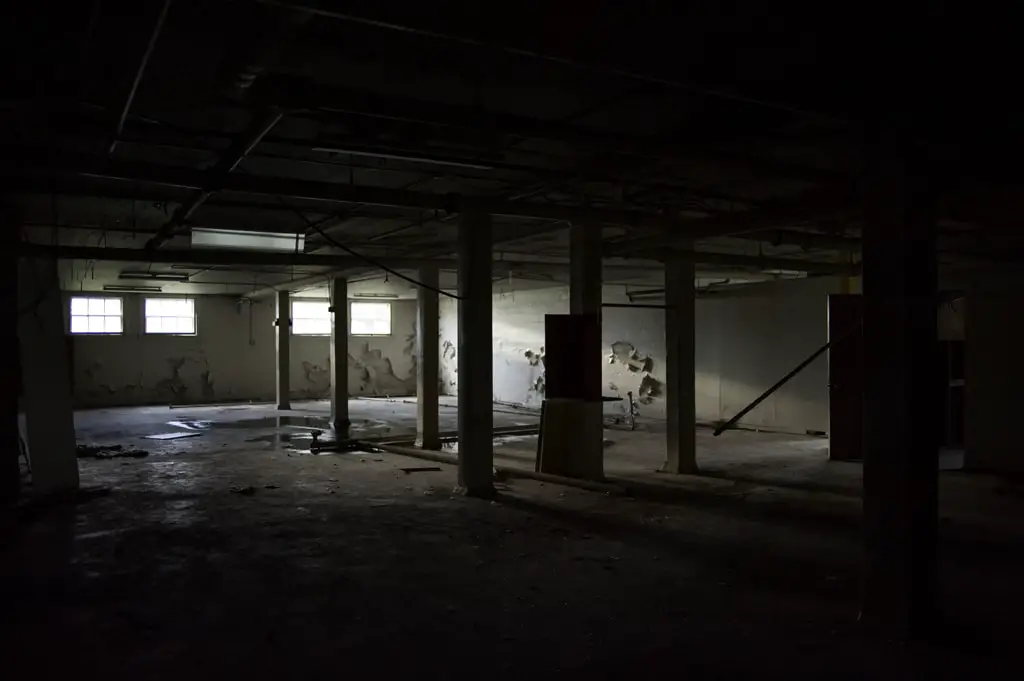
The Final Years and Closure: The End of an Era
The late 20th century was a time of significant change for the institution. The institution was renamed the Fairview Training Center in 1979.
However, the turn of the century ended the Fairview Training Center. The facility closed its doors in 2000, marking the end of a significant chapter in Oregon's history.
The closure of the institution was not the end of its story. In 2002, a group known as Sustainable Fairview Associates purchased 275 acres of the former Fairview grounds, which included several historic buildings. Part of this land was transformed into a sustainable housing development known as Pringle Creek Community.
In the years following its closure, the buildings that once housed thousands of residents were almost entirely torn down. The demolition process was not immediate; it was a gradual erasure of the physical structures that once stood as a testament to a controversial chapter in Oregon's history.
The Smith, Kozer, Chamberlain, and Withycombe buildings were among those that were demolished. The land the center once stood is now part of the Pringle Creek neighborhood.
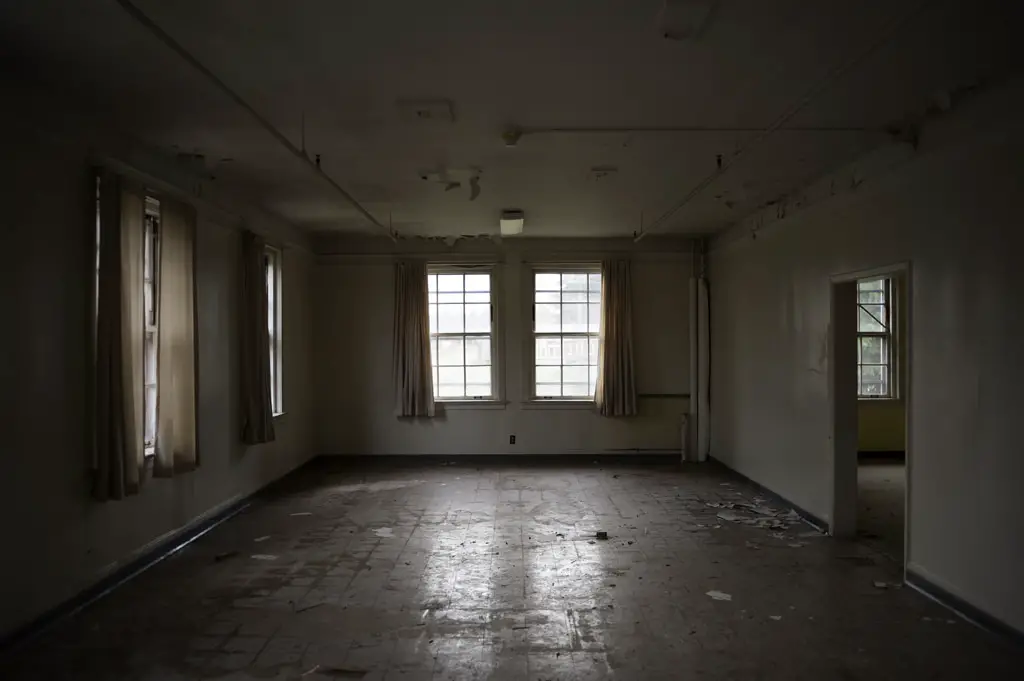
Fairview's Legacy: Echoes in the Media
Even after its closure, the Fairview Training Center continued to make its mark on society. It was featured in several documentaries and films, such as "Where's Molly?" and "Population: 2."
These media portrayals served as a reminder of the institution's history and impact on its residents' lives.
Through its ups and downs, the Fairview Training Center left an indelible mark on Oregon's history. Its story serves as a reminder of our progress in understanding and caring for people with developmental disabilities and the work that still needs to be done.
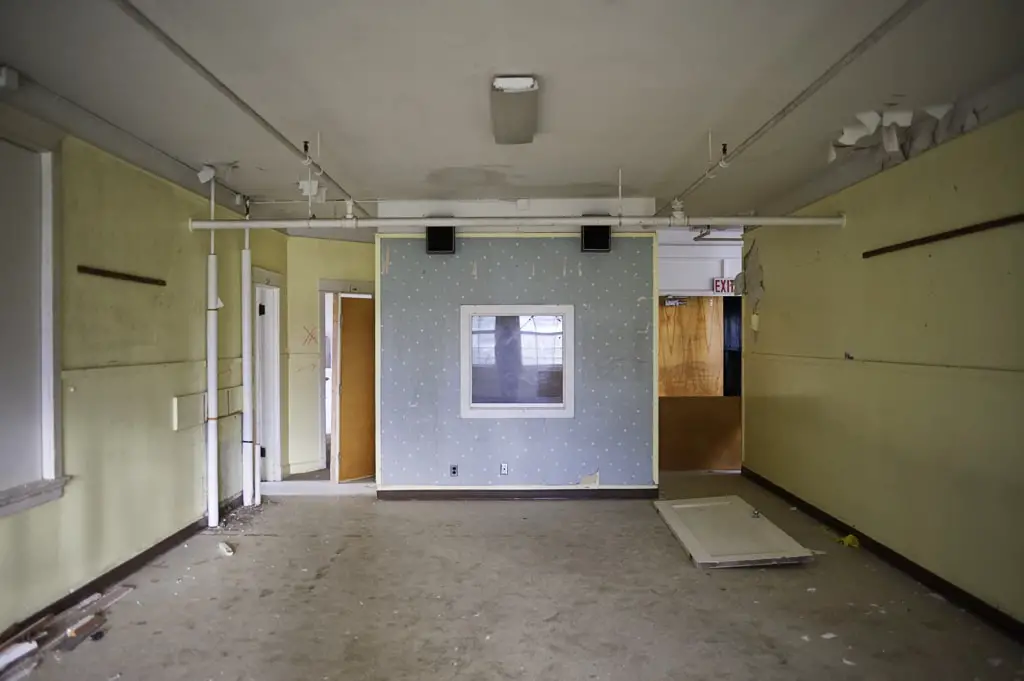
The Dark Side of Fairview: Controversial Methods and Abuse
The Fairview Training Center, despite its initial intentions, was not without its dark side. The center, meant to be a haven for those with developmental disabilities, has been the subject of numerous controversies and allegations of abuse.
The center's history is marred by inhumane treatment and questionable practices. The documentary "In the Shadow Of Fairview," released by Oregon Public Broadcasting's Oregon Experience in 2020, sheds light on some disturbing patterns. The documentary reveals that residents underwent lobotomies, shock therapy, and forced sterilization.
The stories shared by the residents are heart-wrenching, with descriptions of being disciplined with razor straps, being yelled at, and even being put in closets. Some residents even reported being subjected to scalding hot water as punishment.
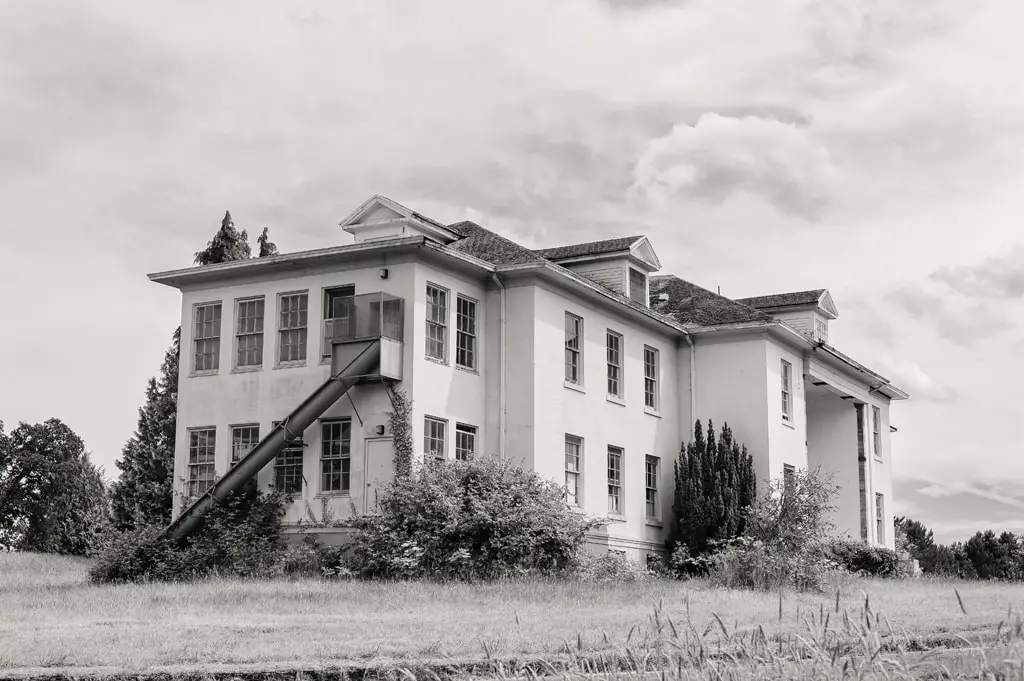
Until the 1970s, residents had to undergo hysterectomy, vasectomy, tubal ligation, or castration to be discharged from Fairview. Lobotomies weren't officially outlawed until the early 1980s. In 2002, then Oregon governor John Kitzhaber formally apologized for these gross human rights violations.
While the physical evidence of the horrors at Fairview may have been erased with the center's demolition, the haunting memories remain. These accounts are a stark reminder of past abuses and underscore the need for continued efforts to improve Oregon's developmental disability service system.

My mom was a nurse on Kozer Cottage for several years while I was growing up in Salem. She worked her way up to be charge nurse before quitting. I had made some good friends during my visits with some of the youngsters. I’m so sorry to hear of the alleged abuse. Had no idea this was going on. History was surely not a good thing then.
Thank you for sharing your personal connection to Fairview Training Center. Your mother's experience and your friendships there add a unique perspective to the conversation.
I've been to this mental hospital I went about 10 or so years ago. The hospital definitely doesn't look like that anymore and it didn't back then either It was literally falling apart everything was boarded up and half the buildings were missing. you couldn't even get into any of the buildings the main ones because they were locked up. It did have a very eerie feeling to it and it constantly felt like you were being watched. I talked to the owner of the property and he said unfortunately a lot of bad stuff did happen while the hospital was open and after. The property had been in his family for years. My mom knows the guy who owns the property. there's one building we didn't make it to before we got caught and it was up on the hill and we heard that's where a lot of bad stuff happened like abuse physical and sexual. I'm honestly happy It's closed.
Thank you for sharing your experience at Fairview Training Center. It's important to acknowledge and remember the history of such places, especially the challenging aspects.